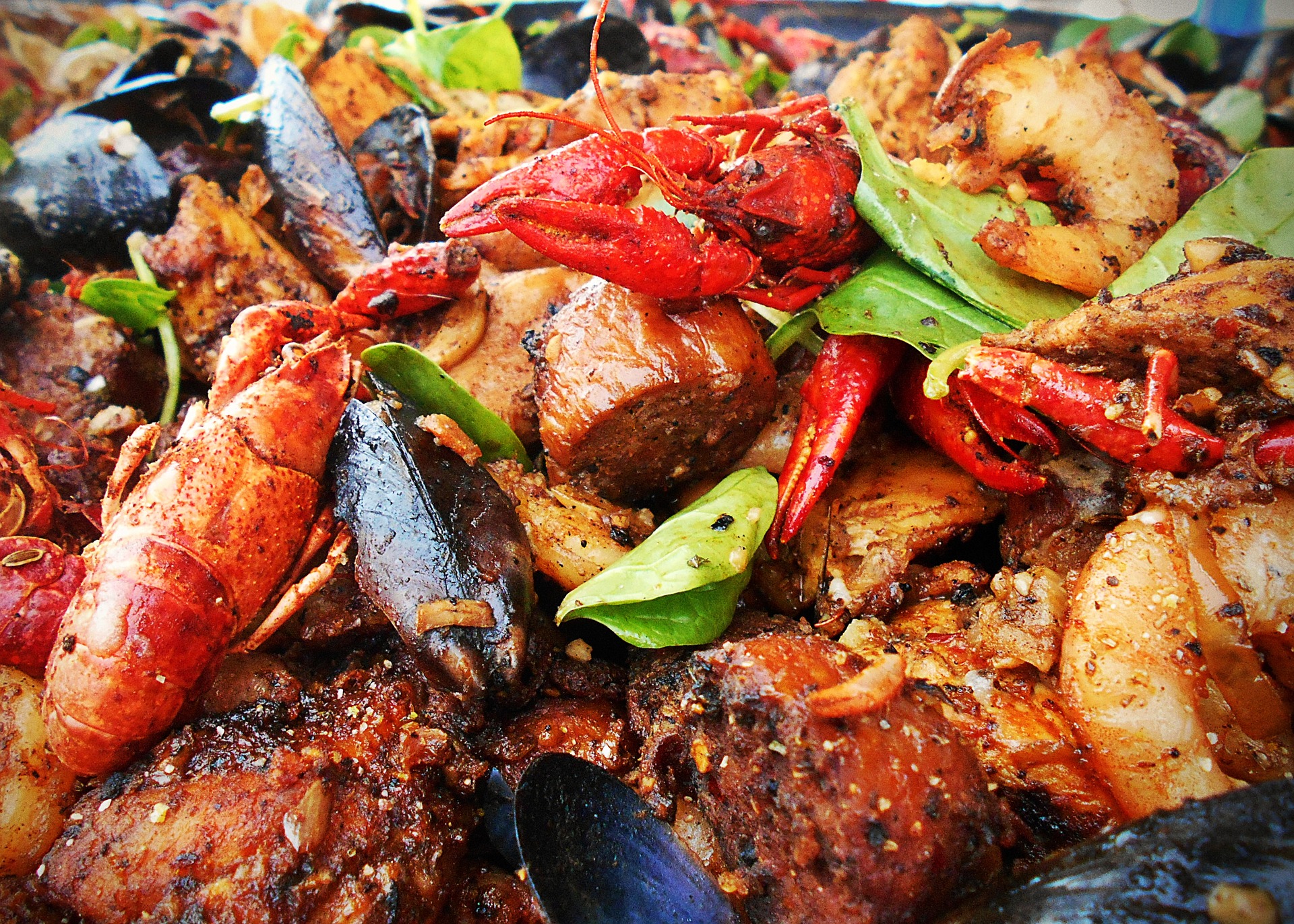Rediscovering the Charm of Regional Italian Cuisine
Italy is much more than pasta and pizza. The country's regional culinary traditions offer a rich tapestry of flavors, techniques, and ingredients that often stay hidden beneath the shadows of popular classics. Let's embark on a gastronomic journey across Italy's lesser-known culinary landscapes, discovering hidden gems and reimagining familiar favorites.
The Underrated Elegance of Northern Italian Cuisine
Northern Italy, renowned for its alpine landscapes and lagoon cities, offers a variety of dishes that reflect its diverse geography and climate. Polenta, risottos, and hearty stews take center stage, often featuring locally sourced cheeses, wild game, and freshwater fish. The region is also famous for its cured meats, with Prosciutto di Parma and Salame di Felino being notable examples.
Central Italy: A Symphony of Rustic Flavors
The cuisine of Central Italy is characterized by its simplicity and the use of high-quality ingredients. Tuscan dishes, for instance, are celebrated for their rustic elegance. Pappa al pomodoro, a thick soup made with tomatoes and stale bread, exemplifies the region’s ethos of minimizing waste. Similarly, Umbrian cuisine, with its truffle-infused dishes, offers an earthy, aromatic experience.
Exploring the Vibrant South
The cuisine of Southern Italy is a vibrant mix of fresh seafood, sun-ripened produce, and aromatic herbs. The region is the birthplace of pizza, but its culinary repertoire extends much beyond. Campania’s Mozzarella di Bufala, Calabria’s spicy ‘nduja, and Sicily’s sweet cannoli are just some of the region’s standout offerings.
Italy’s Hidden Culinary Treasures: The Islands
The islands of Sardinia and Sicily, with their unique cultural influences, offer an entirely distinct gastronomic experience. Sardinian cuisine, with its affinity for lamb and locally produced Pecorino cheese, differs markedly from mainland traditions. Sicilian cuisine, meanwhile, is a fascinating melange of Greek, Arab, and Spanish influences, resulting in dishes like arancini and caponata.
The Sweet Side of Italy
Italian desserts, often overshadowed by tiramisu and gelato, deserve their share of spotlight. From the honey-drenched struffoli of Naples to the chocolate-infused baci di dama of Piedmont, there’s a sweet treat for every palate.
-
Italian Trivia: Italy has 20 regions, each with its own distinct cuisine.
-
Unusual Ingredient: ‘Bottarga,’ a delicacy made from salted and cured fish roe, is often used in Sardinian and Sicilian cuisines.
-
Did You Know? The Italian concept of ‘cucina povera’ (poor kitchen) emphasizes making the most of available ingredients, even leftovers.
In conclusion, Italian cuisine is a rich mosaic of regional traditions, each offering a unique culinary adventure. By stepping away from the familiar and venturing into lesser-known territories, we not only expand our gastronomic horizons but also gain a deeper appreciation for Italy’s diverse culinary heritage. So, the next time you sit down for an Italian meal, remember, there’s much more to explore beyond the plate of spaghetti!





